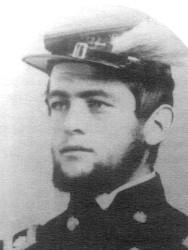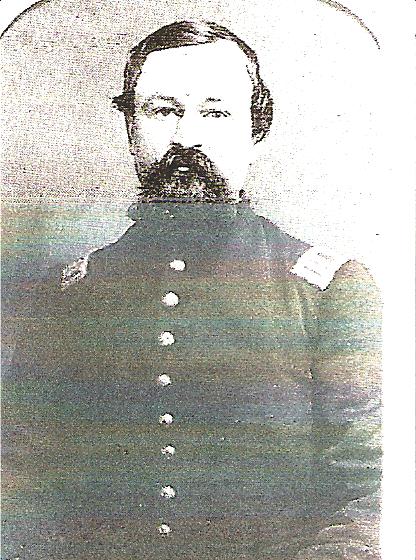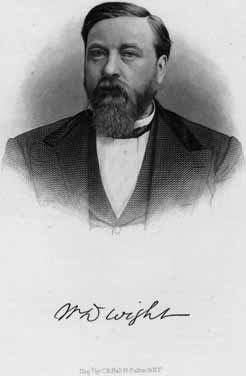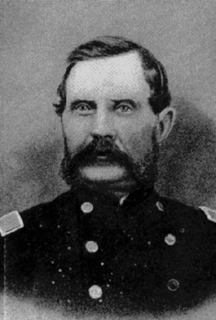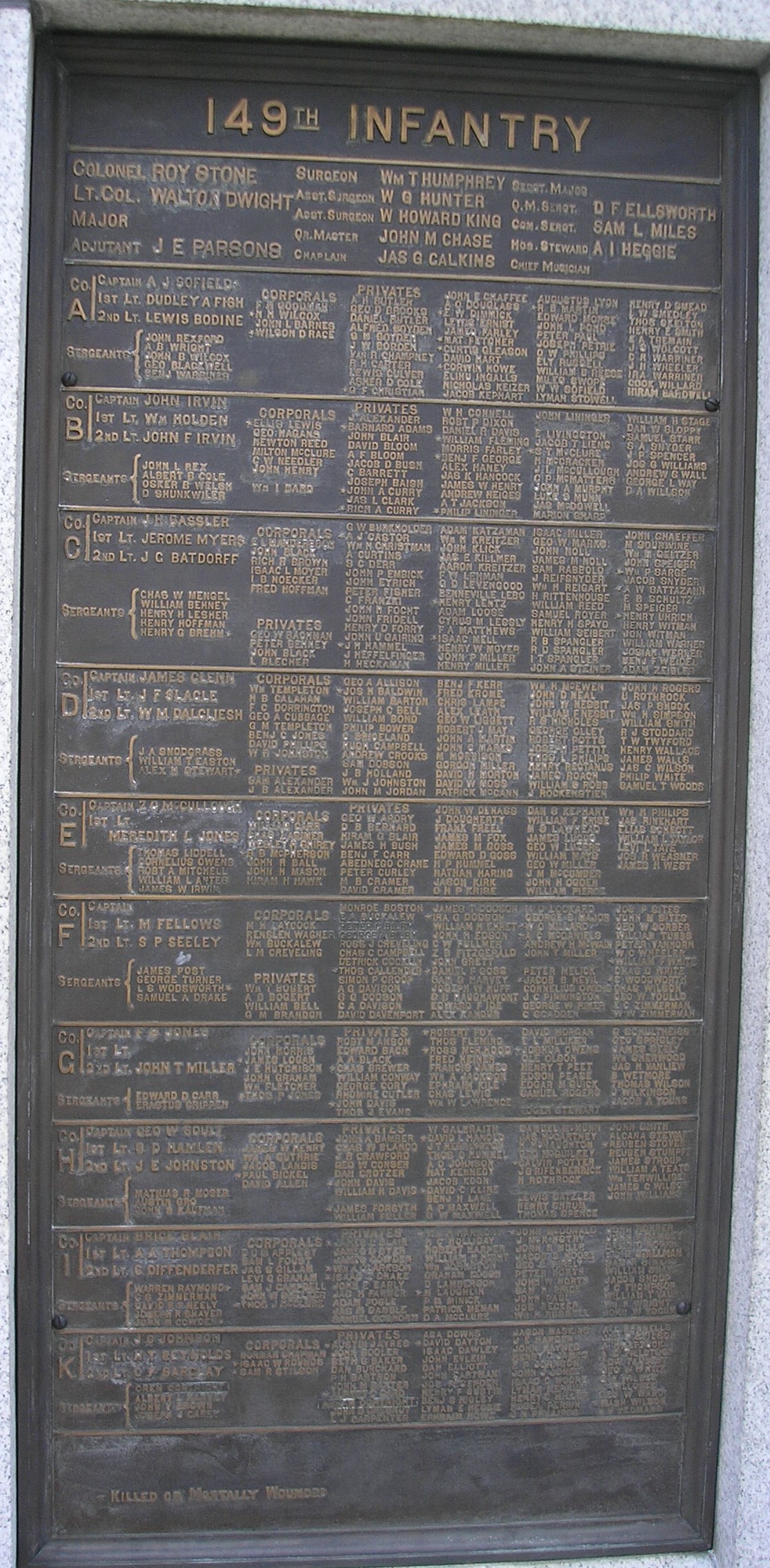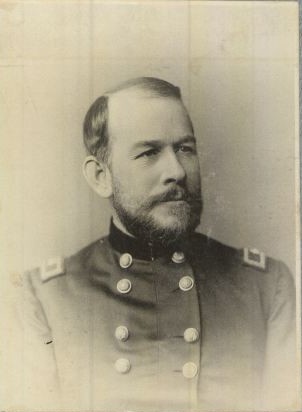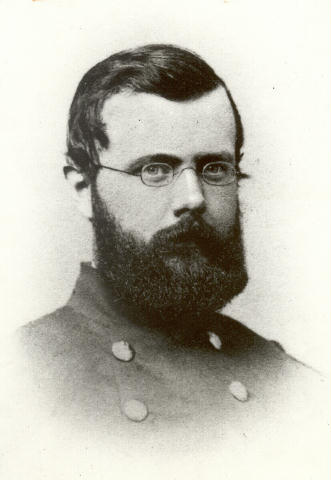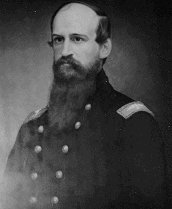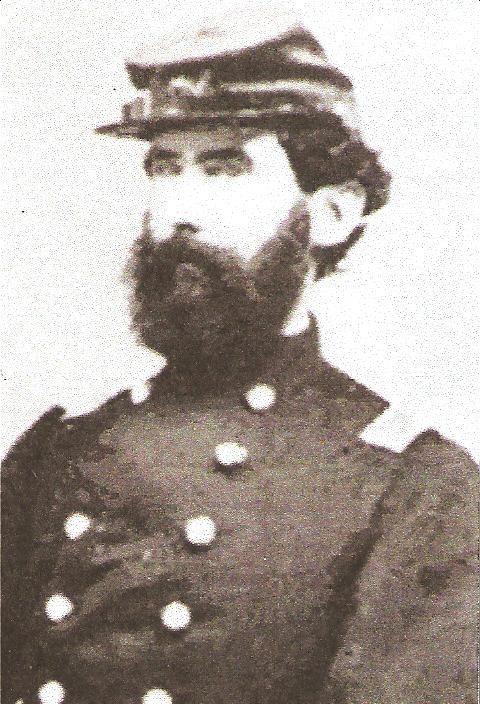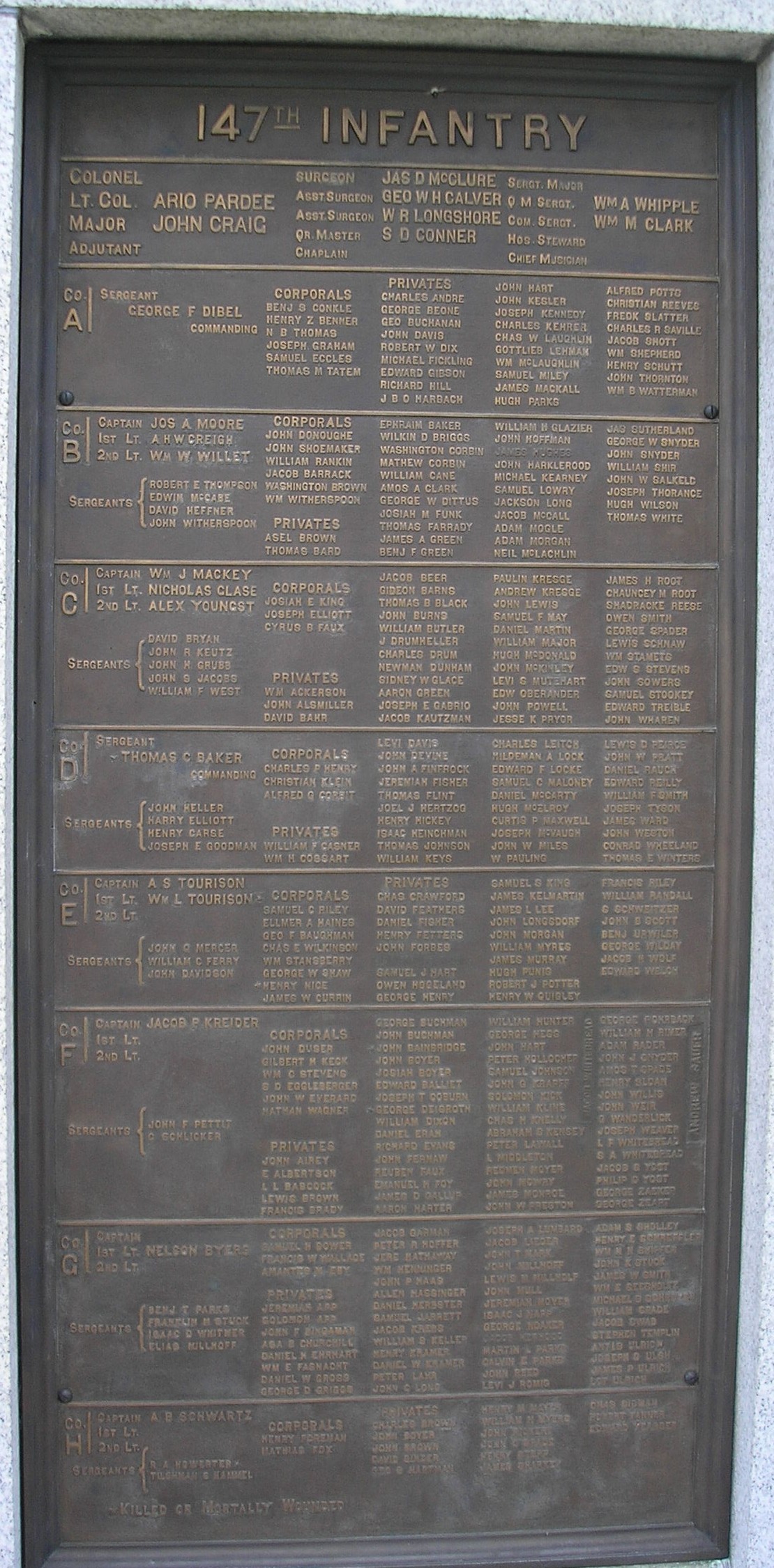Monuments at Gettysburg – 151st Pennsylvania Infantry
Posted By Norman Gasbarro on April 24, 2015
The 151st Pennsylvania Infantry Monument at Gettysburg is located west of the town of Gettysburg on Reynolds Avenue. It was dedicated in 1888 by the Commonwealth of Pennsylvania.
A picture of the monument can be seen on Stephen Recker’s Virtual Gettysburg Web Site which has more information about the monument and the 151st Pennsylvania Infantry.
A full description of the monument, its GPS Coordinates, additional photographs, and some of the history of the 151st Pennsylvania Infantry, can be found on the Stone Sentinels Web Site.
———————————
A brief history of the regiment at Gettysburg was presented in the Philadelphia Inquirer article of 11 September 1889:
The 151st and McFarland’s Genius.
The 151st regiment’s part in the Battle of Gettysburg, under brave George F. McFarland, is unsurpassed. It went into the fight with 21 officers and 466 men; of these 2 officers and 66 men were killed, 12 officers and 87 men wounded and 100 men missing. They defended the left centre of the 1st Corps against vastly superior numbers, covered its retreat against the overwhelming masses of the enemy in the Seminary, and enable General Doubleday to withdraw his corps in comparative safety. In the crowning charge of the 3rd the shattered remnants of the 151st flung themselves in front of the rebel column and drove it from its shelter. General Doubleday credited this regiment, under the genius of McFarland, with being one of the chief instruments in saving the Army of the Potomac and the country from unimaginable disaster. Colonel McFarland was wounded and submitted to the amputation of his leg. For want of medical attention the operation had to be repeated and for a long time his life was despaired of.
——————————–
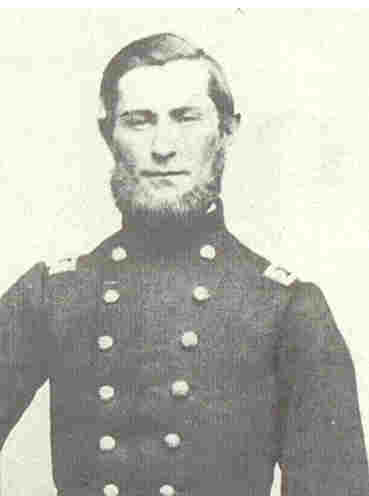
George F. McFarland
Lieutenant Colonel George F. McFarland was the commander of the 151st Pennsylvania Infantry at Gettysburg.
He was born in Dauphin County on 28 April 1834 and was a boat pilot on the old Susquehanna Canal before becoming a teacher. Just prior to the Civil War he became Principal of the Freeburg Academy.
When the Civil War began, he formed a company of men from Juniata County, of which he became the Captain, and upon muster into the 151st Pennsylvania Infantry, he was promoted to headquarters as Lieutenant Colonel of the regiment. On 1 July 1863, McFarland was seriously wounded at the Battle of Gettysburg, resulting in the loss of a leg and damage to the other.
After the Civil War, he continued his career in education at the McAllisterville Academy in Juniata County, which he purchased and operated. Later in his life he traveled to Tallapoosa, Georgia, seeking a cure for an infection in his war-damaged leg. Unfortunately, he died there on 18 December 1891, and his remains were returned to Harrisburg for burial in the Harrisburg Cemetery.
More information about him can be found at his Findagrave Memorial.

Walter L. Owens
Captain Walter L. Owens of Company D of the 151st Pennsylvania Infantry took over regimental command upon the wounding of Lieutenant Colonel George F. McFarland on 1 July 1863 at Gettysburg. The photograph (above) was taken on a visit with his family to Little Round Top in 1910, about a year an a half before his death which occurred on 10 April 1912. He is buried First Methodist Cemetery, Lewistown, Mifflin County, according to information obtained from his Findagrave Memorial.
——————————–
Around the base of the Pennsylvania Memorial at Gettysburg are a series of plaques which, by regiment and company, note the names of every soldier who was present at the Battle of Gettysburg. The plaque for the 151st Pennsylvania Infantry is pictured below. By clicking on the plaque it should enlarge so the names can be more clearly read. If a name does not appear, it could be that the soldier did serve in the 151st Pennsylvania Infantry, but was not part of the regiment during its days at Gettysburg. There could also be errors on the plaque.
Note: There is an additional panel to the 151st Pennsylvania Infantry on the inside of the monument – with “Staff Officers” (not pictured here).
 ;
;



